La Gourmandise (Gluttony)
Gluttony is an original etching on the Japanese paper, realized by James Ensor in 1904, signed and dated with the second signature and title on the reverse, 2nd state on 2.
Sheet dimension: 20 x 25 cm.
Collect Rare Artworks On Wallector.com!
Gluttony is an original etching on the Japanese paper, realized by James Ensor in 1904, signed and dated with the second signature and title on the reverse, 2nd state on 2.
Sheet dimension: 20 x 25 cm.
In excellent conditions, it was part of the album dedicated to " The Deadly Sins ".
This etching is representing, a greed man with a table of all strange food, includes a alive bird and head of a man on the plates, the other man near greedy one is seated too, pointed-nose look at the upside and has a hand on his stomach, here Ensor is indicating to indefinite greed of human, and cruelty for always wanting more and at the same time with demonstrating the skeleton,indicates to death.
Skeleton and mask are the most important topic of Ensor artworks,he was fascinated by the dark and silenced skeleton and skulls and could express his art through observation of many skeletons in his studio, here this original etching is one of the precious results of this observation and deepening in the mysterious world of the dead.
References: Taevernier p. 307 no. 124.
James Ensor (1860-1949), is a Belgian painter and printmaker, an important influence on Expressionism and Surrealism. Ensor's early works, such as Russian Music (1881) and The Drunkards (1883), depict realistic scenes in a somber style, his palette subsequently brightened and he favored increasingly bizarre subject matter. Such paintings as The Scandalized Masks (1883) and Skeletons Fighting over a Hanged Man (1891) feature figures in grotesque masks inspired by the ones sold in his mother's gift shop for Ostend's annual Carnival.
Subjects such as carnivals, masks, puppetry, skeletons, and fantastic allegories are dominant in Ensor's mature work. Ensor dressed skeletons up in his studio and arranged them in colorful, enigmatic tableaux on the canvas, and used masks as a theatrical aspect in his still lifes. Attracted by masks' plastic forms, bright colors, and potential for psychological impact, he created a format in which he could paint with complete freedom.
Ensor was a prolific and accomplished printmaker. He created 133 etchings and drypoints over the course of his career, with 86 of them made between 1886 and 1891 during the height of Ensor's most creative period. Ensor himself recognized that the prints were a key part of his artistic legacy, stating in a letter to Albert Croquez in 1934: "Yes, my intention is to go on working for a long time yet so that generations to come may hear me. My intention is to survive, and I think of the solid copper plate, the unalterable ink, easy reproduction, faithful prints, and I adopt etching as a means of expression.
Collect Rare Artworks On Wallector.com!



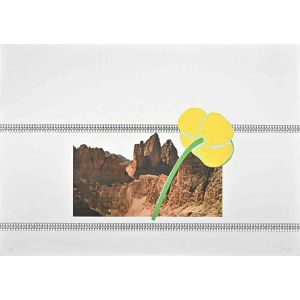
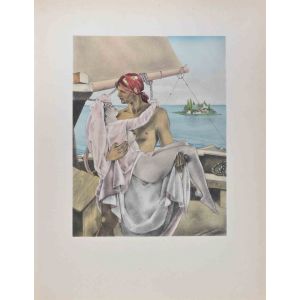
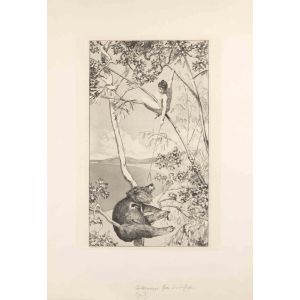
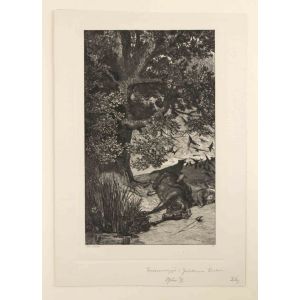
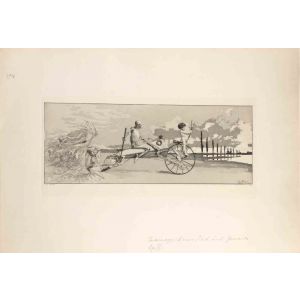
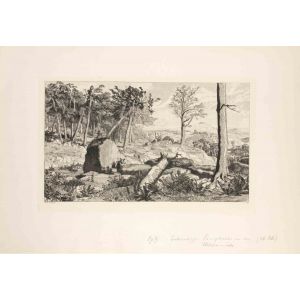
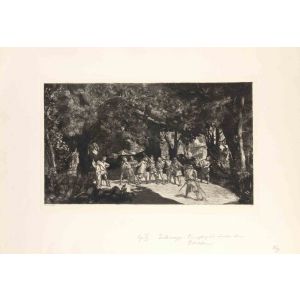
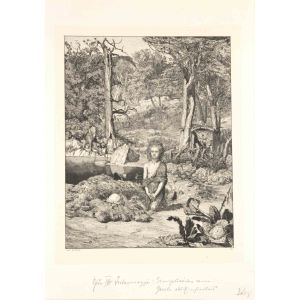
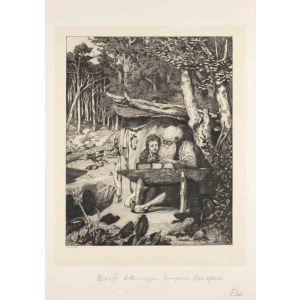
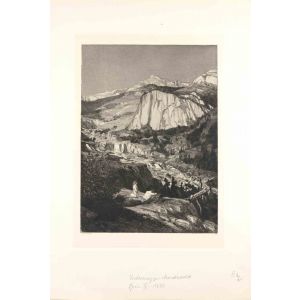
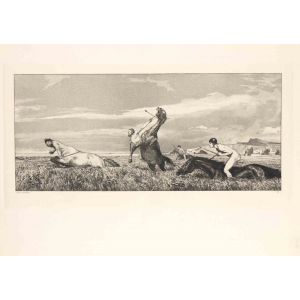
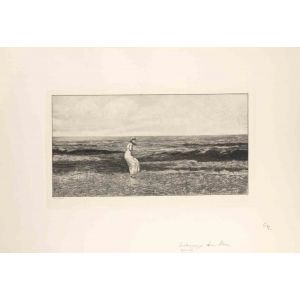
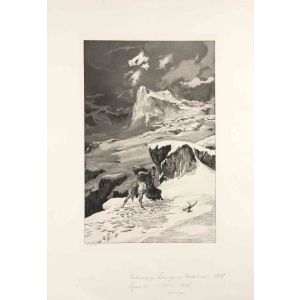













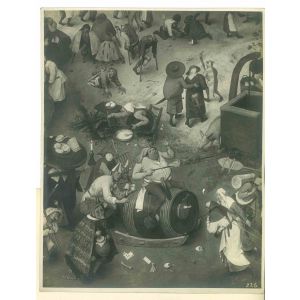
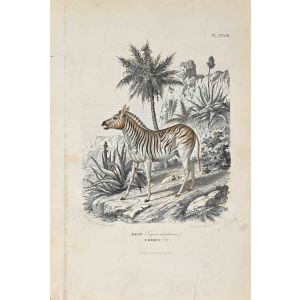






Validate your login
Sign In
Create New Account